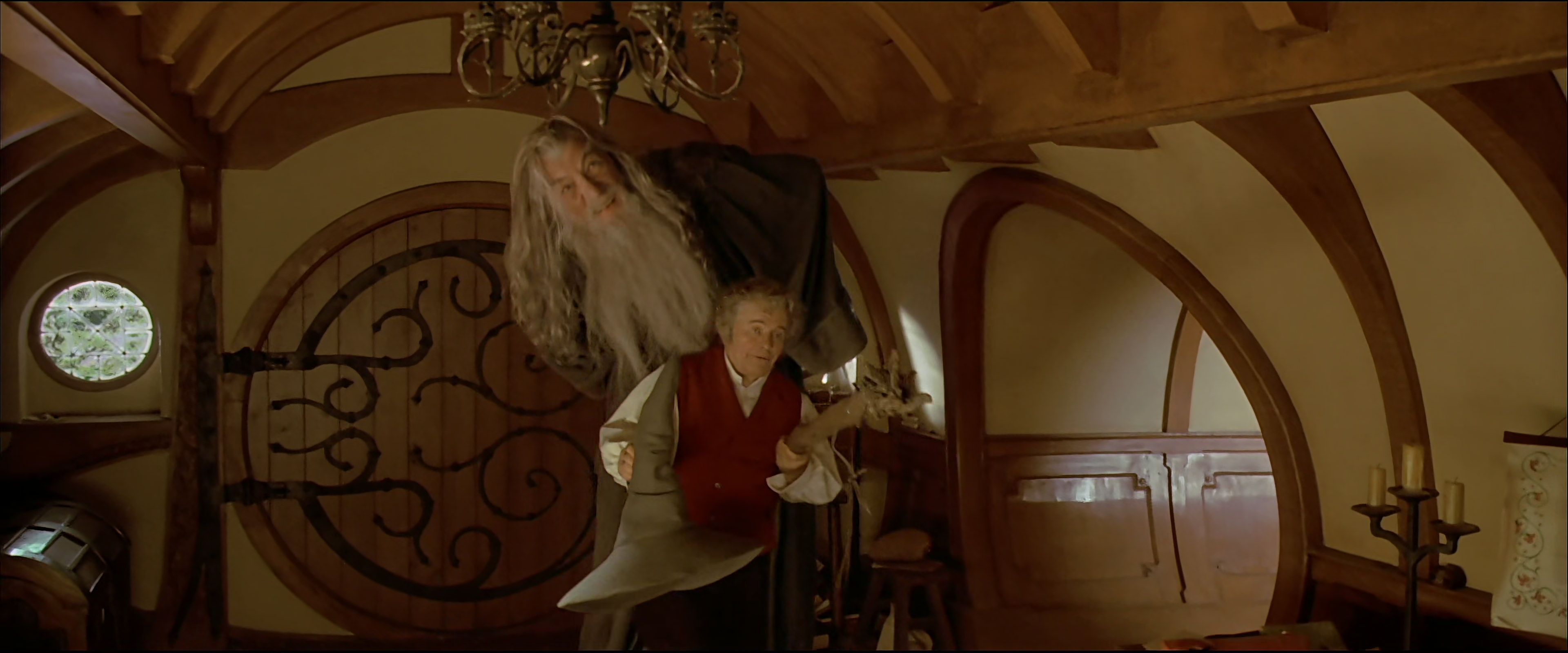
#A MATTER OF SIZE SCREENIT FULL#
Only upon playback is a full 1920 x 1080 image available. You can attach an independent HD monitor or viewfinder by HDMI, but the live image doesn’t entirely fill the screen due to conflicts between HD’s 16:9 aspect ratio and the HDSLR’s native 3:2 aspect ratio. Viewfinder? Canon’s EOS 5D Mark II and EOS 7D provide live view from a small, rear-facing LCD that can’t be angled or repositioned. In order to use cine PL lenses, for instance, HDSLRs such as Canon’s EOS 5D Mark II and EOS 7D must have their movable mirror extracted and a custom PL mount attached, the machining of which is expensive and voids warranties. Design, ergonomics and functionality answer to the needs of still photographers. It’s important to understand that HDSLRs are first and foremost still cameras. Why shouldn’t photojournalists in faraway war zones, they insisted, double as videographers when needed? You may have heard, correctly, that digital SLRs acquired HD capability after large news organizations pressed Japanese manufacturers on the issue. When panning left or right too quickly, the camera displayed the very distracting ‘Jell-O Effect,’ a result of the camera’s CMOS sensor not scanning quickly enough.” And Technicolor colorist Sam Daley noted, “…beware of moiré, not just in clothing but in hair as well.” In Filmmaker’s own coverage, focus puller Joe Anderson said, “Our fears about horizontal movement, however, were realized.
#A MATTER OF SIZE SCREENIT MOVIE#
In the end, the movie got a lot of attention because we were one of the first couple of features to work with that technology, but it’s not something I’m planning on doing again.” My longtime friend and AC quit the first day because it was so difficult to work with.

It’s not very forgiving, and it’s painful to operate. This is what Lipes had to say in a recent IFC interview about shooting Tiny Furniture with a Canon 7D: “The toughest thing about Tiny Furniture was the camera we were using. On the big screen, it looks every inch a work of cinema. The modest theatrical success of indie films such as Lena Dunham’s Tiny Furniture, shot with a Canon 7D HDSLR by the talented d.p. RED’s success - nay, celebrity - in turn set the stage for the viral popularity of $2.5K HDSLRs, whose images are often indistinguishable from their high-end antecedents. The imposing costs of these and other pioneering $100K+ large-sensor cameras provided an opening for the $17K RED One, with its game-changing Super 35-sized CMOS sensor, 4K image capture and PL mount lenses. While Kodak took 30 years to scale 35mm down to 16mm, CCD camcorders evolved in the opposite direction, starting with 1/3-inch and 2/3-inch sensors in the 1980s and culminating a quarter century later in Panavision’s Genesis and Sony’s F35, each boasting a Super 35-size CCD from Sony. It directly inspires the new digital cameras described here, with large single sensors the size of standard Academy Aperture 35mm or Super 35. Its invention gave rise to motion pictures on the big screen. Ditto 3D cameras.)ģ5mm was, and is, pure cinema. (New and improved 1/3-inch and 2/3-inch camcorders will arrive this April at the National Association of Broadcasters’ trade show in Las Vegas, although I’m not going to cover these economical workhorses in this large-sensor overview.


16mm is tantamount to today’s camcorders with 1/3-inch to 2/3-inch sensors. (Go here to see an iPad 2 music video shot by “iPad-ographers”).ġ6mm meant business: news-gathering, documentary, industrials. Super 8 corresponds to today’s HD-enabled cell phones and Flip cameras - any device with a 1/4-inch sensor or smaller. Super 8, with its toy cameras, easy cartridges and endless depth of field, always spelled fun. The convenience of camera ownership, after all, is what drove low budget filmmakers into the hands of DV a decade ago, followed by HDV, P2 and the ubiquitous HDSLR.īefore digital wizardry, choices were simpler: Super 8mm, 16mm or 35mm? Let’s briefly invoke this classic taxonomy to better understand the latest developments. You’re wondering, should I buy one of these things? Is now the time? If you’re reading this, it’s probably because you know that a wave of exciting new large-sensor cameras is upon us, each more affordable than the next. In Cinematography, Filmmaking, Issues, Line ItemsĪaton Delta-Penelope, ARRI Alexa, Cinematography, Panasonic AG-AF100, Production, RED Epic-M, Sony 8K Cineaste, Sony NEX-FS100, Sony NEX-VG10, Sony PMW-F3, Spring 2011ĭavid Leitner examines the latest crop of large-sensor HD cameras.


 0 kommentar(er)
0 kommentar(er)
